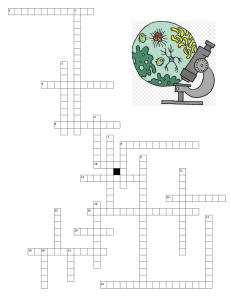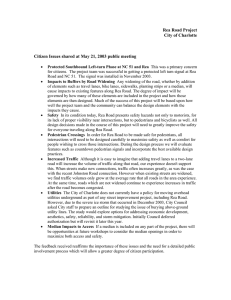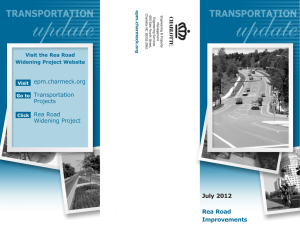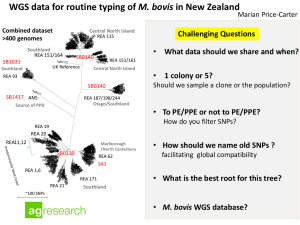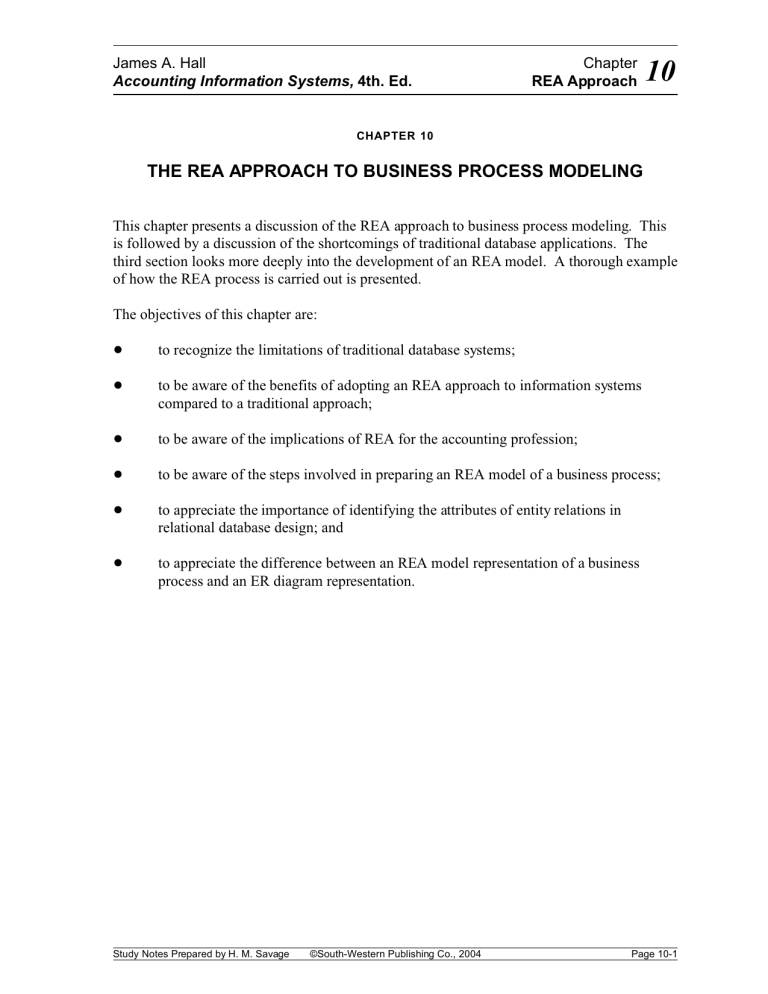
James A. Hall Accounting Information Systems, 4th. Ed. Chapter REA Approach 10 CHAPTER 10 THE REA APPROACH TO BUSINESS PROCESS MODELING This chapter presents a discussion of the REA approach to business process modeling. This is followed by a discussion of the shortcomings of traditional database applications. The third section looks more deeply into the development of an REA model. A thorough example of how the REA process is carried out is presented. The objectives of this chapter are: ! to recognize the limitations of traditional database systems; ! to be aware of the benefits of adopting an REA approach to information systems compared to a traditional approach; ! to be aware of the implications of REA for the accounting profession; ! to be aware of the steps involved in preparing an REA model of a business process; ! to appreciate the importance of identifying the attributes of entity relations in relational database design; and ! to appreciate the difference between an REA model representation of a business process and an ER diagram representation. Study Notes Prepared by H. M. Savage ©South-Western Publishing Co., 2004 Page 10-1 James A. Hall Accounting Information Systems, 4th. Ed. Chapter REA Approach 10 Notes I. The REA Approach Information systems should support the information needs of all users in the organization, not just the accountants. A. User Views The first information system used in many organizations was the financial acco unting system. While necessary for an organization, it is not adequate to meet the needs of all users of information. As discussed in Chapter 9, a user view is the set of data that a particular user need s to do his or her job. For some people, the accounting system provides that data. For others, it does not. One response to other needs has been the creation of other information systems, o ften totally unrelated and unconnected. Hence, often the same information is entered in many systems. Also, different information systems may provide different, and conflicting, answers to the same question. The trend is toward enterprise-wide information systems. These will be database systems based on the relational database model and will be event driven, not accounting focused. B. The REA M odel The RE A mode l is an alternative view of accounting. The model is built upon an organization’s resources, even ts, and age nts, and how these are related . Application of the REA model yields a centralized (relational) database. User views can be created for all users of organizational information, not just accoun tants. The key elements of the REA model are: • resources–economic resourc es are the assets of the organization that are both scarce and unde r its contro l; • even ts–economic events are phenomena that affect changes in resources; and • age nts–econom ic agents are individuals and dep artments that pa rticipate in an economic event. Events can b e divid ed into three classes, operating even ts, inform ation even ts, and decision/ m ana gem ent events. Study Notes Prepared by H. M. Savage ©South-Western Publishing Co., 2004 Page 10-2 James A. Hall Accounting Information Systems, 4th. Ed. Chapter REA Approach 10 Notes C. Advantages of the REA M odel Use of the REA approach can yield: • • • D. more efficient o perations by helping identify non-value-added activities, by storing financial and nonfinancial data in the same central database, and greater support for manage ment dec isions; increased productivity through the elimination of non-value-added activities; comp etitive advantages. Value Ch ain Analysis Value chain analysis distinguished between an organization’s primary activities and its support activities. O rganizations m ust focus on using its resources to achieve organizational ob jectives. II. Database Applications This section explains a traditional database using order entry and cash receipts activities from the reve nue cycle. The aim is to identify shortcomings. A. Order Entry and Cash Receipts System Recall what you know from Chapter 4 about the revenue cycle activities. Fig. 10-1, on page 535, looks very similar to Fig. 4-17. Using databases instead of flat files permits us to focus on events not just accounting num bers. Fig. 10-2, on page 537, shows the data elements of the database tables shown in Fig. 10-1. Read the description of each table carefully. Note how data we regard as integral to the accounting system can ea sily be generated! B. Purchases and Cash Disb ursem ents Again, Fig. 10-3, on page 539, resembles Fig. 5-17. Read carefully. C. Limitations of Events-Based Systems Although better than traditional flat-file systems and event-based , the tables developed co llect only financial data. No nonfinancial data is collected. Worse yet, non-economic events are not recognized. Study Notes Prepared by H. M. Savage ©South-Western Publishing Co., 2004 Page 10-3 James A. Hall Accounting Information Systems, 4th. Ed. Chapter REA Approach 10 Notes D. Trad itional Appro ach to M odeling B usiness Processes Tradition al modeling of business processes is represented in Fig. 10-5, on page 542. The REA App roach follows. III. Developing an REA Model This section outlines the steps in developing an R EA mod el. A fundamental issue involves identifying business events. As previously presented, these can be of three types: operating, information, and decision/managem ent. In one sense, these form a “vicious circle” – d/m triggers o which triggers i which triggers d /m events. Follow carefully the discussion of ho w to classify events. Goo d examples are given. To present the process of developing an REA model, an examp le of a boo kstore is used. Follow the five-step process carefully: 1. 2. 3. 4. 5. Identify operating eve nts. Put them in sequence. Identify resources and agents. Identify links between resou rces, events, and agents. Assign cardinalities (Recall the discussion in Chapter 9.) Once these steps are complete, the design of the relational database from and REA model follows in the same manner as it would from trad itional entity-relationship diagrams. IV. REA Models versus ER Diagrams This section compares REA and ER modeling. Of particular note, while ER models include operating, information, and decision/management events, REA mode ls include only ope rating events. RE A mode ls perm it better focus on control. ER is view oriented. REA is event oriented. A. Defining Entity Attributes By now, defining entity attributes should seem clear. The text will consider operating events, resources, and agents. T he da ta elements suggested are both financial and nonfinancial. This is done for procurement and sales. Once attributes are defined, database tables can be designed. Study Notes Prepared by H. M. Savage ©South-Western Publishing Co., 2004 Page 10-4 James A. Hall Accounting Information Systems, 4th. Ed. Chapter REA Approach 10 Notes B. Creating User Views Defining user views requires knowing user information needs. This process builds on discussion in Chapter 9. Review Questions for Chapter 10: 1-18 Discussion Questions for Chapter 10: 1-13 Study Notes Prepared by H. M. Savage ©South-Western Publishing Co., 2004 Page 10-5


